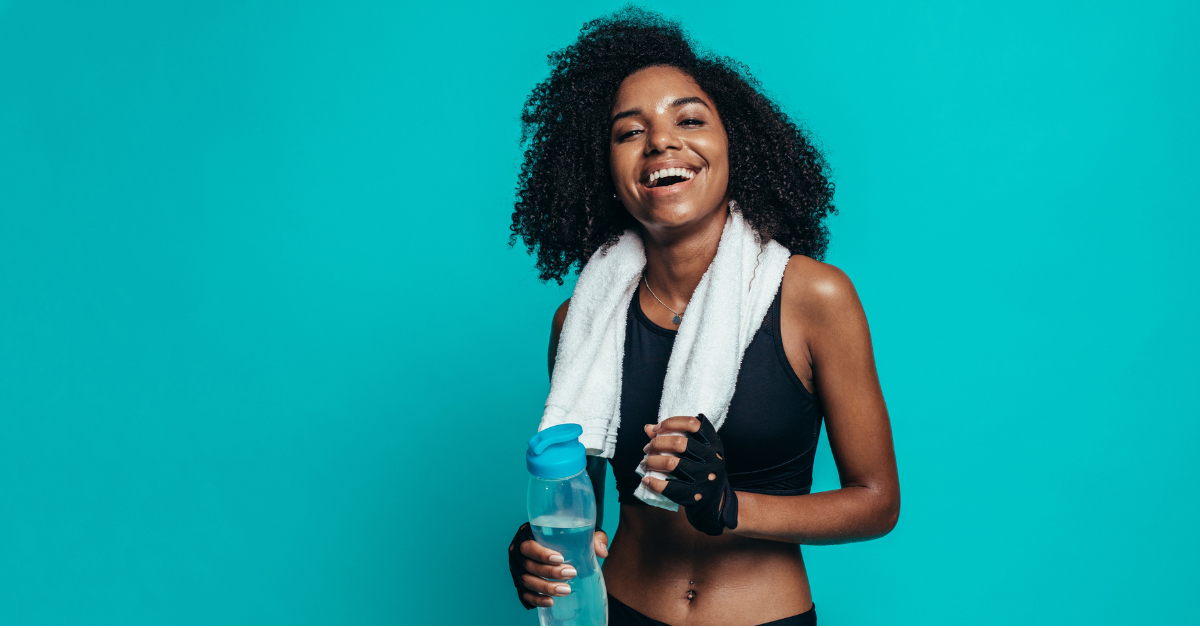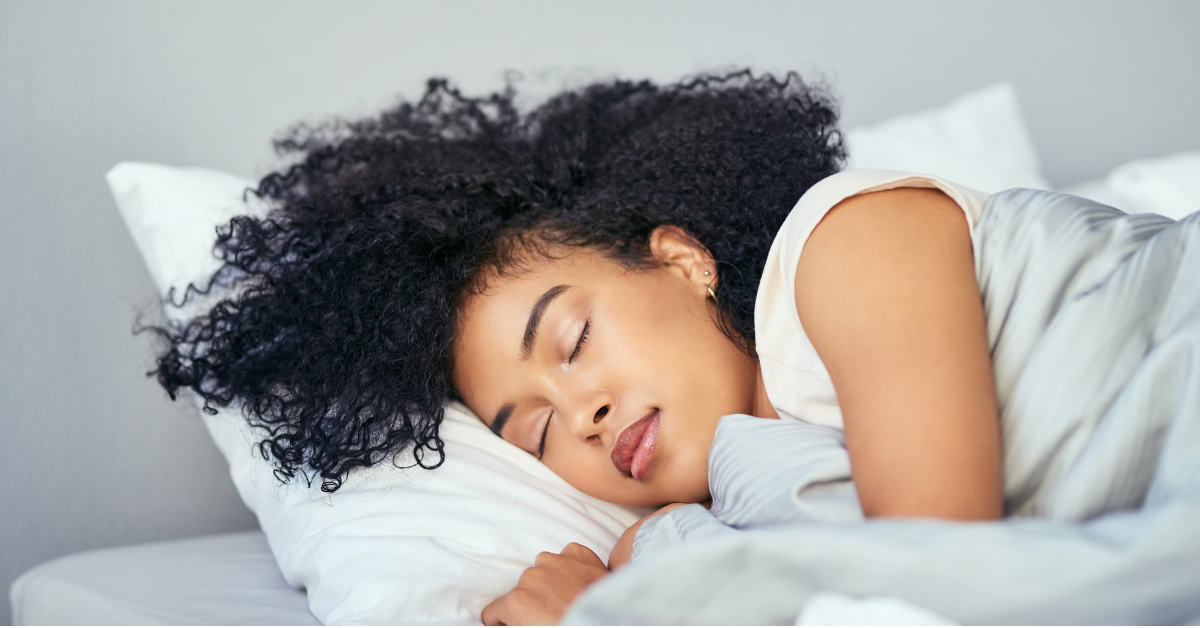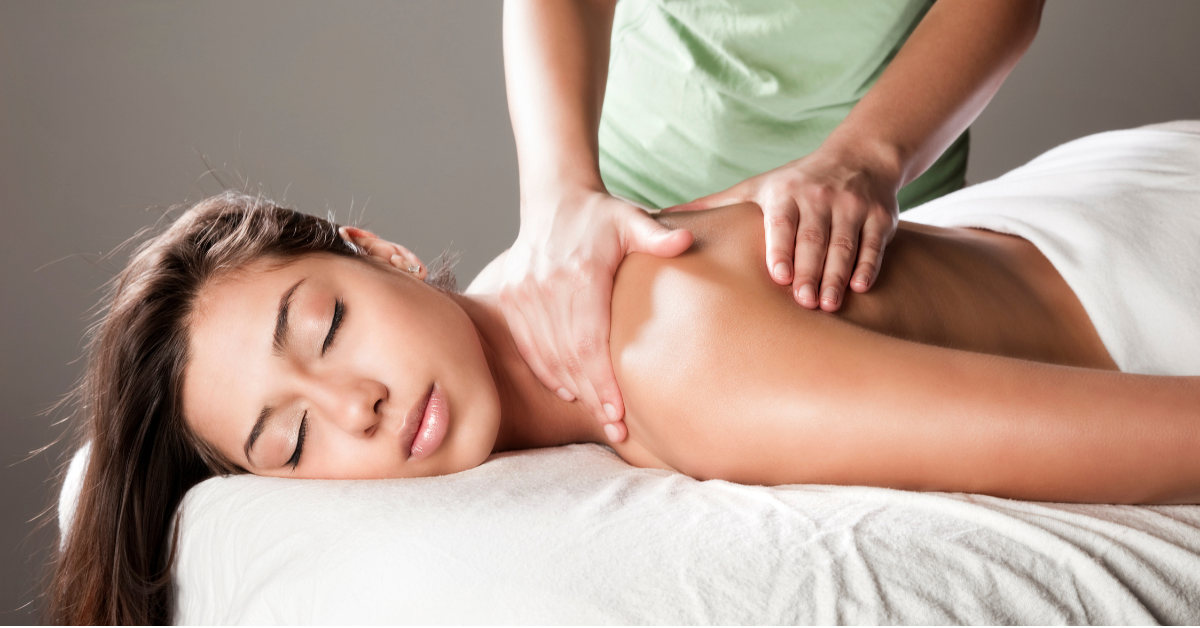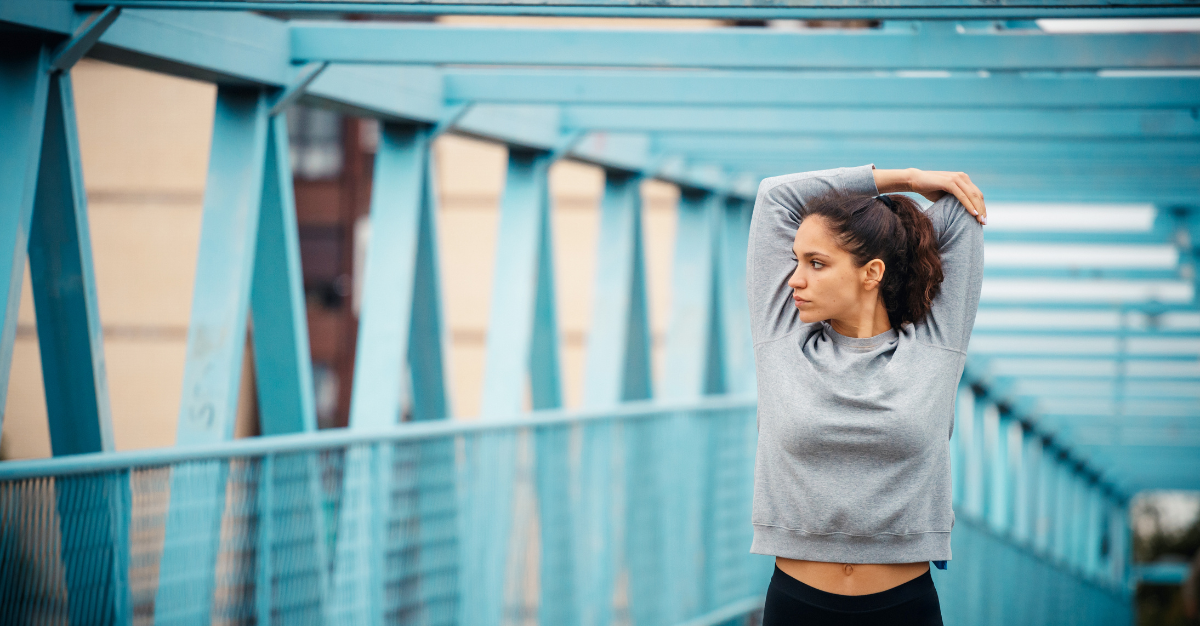5 Proven Ways And Tips To Relax Sore Muscles Post-Workout
SHARING IS CARING :)
Disclaimer: Je’Ana C. curates the Shades of Tatiana product selections. We only recommend products we genuinely love. If you buy something through our affiliate links, we may earn a small commission at no cost to you.
DON’T FORGET TO SHARE :)
What do you do after a good workout? After rigorous exercise, you should feel energized, not lethargic. Avoid the post-workout slump and allow your body to transition smoothly and efficiently to normal activity. The quicker you stretch after working out, the better your recovery.
The phrase “no pain, no gain” is pretty common in exercise or fitness. Pushing your body in an intensive workout can help you increase your muscle mass and improve your cardio, but it can also leave you sore, torn, and exhausted. That’s why quick and effective recovery is essential for healthy living and to resume your fitness routine as soon as possible. Here are some ways to relax your tight muscles while having an active recovery!
POPULAR ARTICLE:
The Best Ways To Reduce Muscle Stiffness After A Hard Workout
IMAGE SOURCE: PEXELS
IMAGE SOURCE: PEXELS
01. Get enough hours of sleep
Quality sleep is vital for speedy recovery after an intense workout session. When you sleep, the body can repair worn-out tissue and torn muscles, hastening your muscle recovery in the process. Beyond repairing muscle tissues, sleeping also helps to increase human growth hormone. These hormones are essential for improving your performance during your next workout session. Giving your body at least eight hours of sleep each night will help you recover quickly and minimize the risk of injury and muscle cramps.
Shop The Best Water Bottle:
IMAGE SOURCE: PEXELS
02. Try a CBD Product
CBD is considered one of the natural remedies for worn-out muscles after a fitness routine. Research has shown that it contains anti-inflammatory properties that can reduce inflammation and swelling in the muscles, especially after light cardio or workout routine. Cannabis products, in general, are also known for their relaxation capabilities, so you can use them to relax and recover after exercise. If you’re thinking about adding CBD or other cannabis products to your after-workout activities, be sure to purchase them from reliable sources. For example, companies like Cloud Cover Cannabis provide different cannabis products.
IMAGE SOURCE: PEXELS
03. Water Immersion
Water immersion is a form of relaxation and is a great way to reduce sore muscles & body temperature, limit losses in performance, and quicken recovery after an intense workout session. You can immerse your body in an ice bath or opt for a regular hot tub. To benefit from an ice bath or cold water immersion treatment, ensure that you submerge your body to your shoulder level. Each immersion can last for about 5 to 15 minutes. You can also relax in hot tubs or a warm bath, allowing the moist heat to soothe and relax your muscles.
SHOP BATH ESSENTIALS :
IMAGE SOURCE: PEXELS
04. Relaxing Massage
There’s a good reason why the top athletes always go for regular massage sessions before and after games and training sessions. A good massage can help release tightness and tension that builds in the muscles after working out or during a period of hard exertion. A good massage session can also help your body relax, ease stress and make it easier for you to sleep better.
Shop Massage Guns:
IMAGE SOURCE: PEXELS
05. Stretching
The key to preventing delayed onset muscle soreness (DOMS) is to stretch your muscles after a workout. Stretching will help reduce the chance that you'll experience muscle soreness and stiffness. Basic stretching techniques are not only essential before you workout but are also relevant afterward.
Stretching is a light activity that can help relieve muscle pain and muscle tightness, especially after an exercise session targeted at muscle gain. It also makes it easier for the body to cool down after exercise. Regardless of what type of stretching you do, the most important thing is that you’re loosening up all the muscles in your body. You can do several types of stretching exercises, including static stretching, dynamic stretching, PNF stretching, and self-myofascial release (SMR).
Static Stretching:
Static stretches involve holding a position for a certain amount of time. The goal is to maintain the stretch for 30 seconds or more. This type of stretching is often used in conjunction with other forms of exercise such as yoga or Pilates.
Dynamic Stretching:
Dynamic stretches involve moving your limbs in various directions while keeping your joints at their normal range of motion. Examples include arm circles, leg swings, and trunk rotations. Dynamic stretches can be done before exercise or playing sports to warm up muscles and increase blood flow to those areas.
Self-Myofascial Release:
Self-myofascial release is a good idea to enhance myofascial mobility. Athletes have long used this to relieve soreness, improve flexibility, and speed up the recovery process. It is a technique that involves applying pressure to specific areas of your muscles and can help soften up tight muscles. Some standard tools include a foam roller and a massage roller.
Other Different Ways To Relax Muscle Groups
Deep Breathing. This helps you relax, lowering your heart rate and blood pressure. It also stimulates the parasympathetic nervous system, which decreases stress and anxiety levels.
Drink Tart Cherry Juice. Tart cherry juice can help reduce muscle soreness after a workout and improve sleep quality. Also, they contain melatonin, a hormone associated with better sleep and relaxation.
Do Heat Therapy. Take a hot bath or shower for 15 minutes at least once daily (or more if desired). This dampens pain signals from your muscles and reduces inflammation so you can move more easily without pain or stiffness in the morning.
Take an Epsom Salt Bath. Epsom salts help ease muscle aches, reduce inflammation, and improve blood circulation so that nutrients reach your injured muscles faster than usual — all of which will help speed up recovery time between workouts. You can also add 1-2 tablespoons of magnesium oil to your bath water to further enhance absorption rates of nutrients into the body by bypassing digestion completely!
Eat Sweet Potatoes. Vitamin B6 in yams has been shown to help relieve muscle tension headaches.
Now that you know what to do – use this information and start adding some techniques to your workout regimen or strength training. Have you tried any of these tips already? Let us know in the comments!
ABOUT FOUNDER & EDITOR
Je’Ana C. has been writing diverse content for clients and her own website for four years. She provides photography, ghostwriting, coaching, and content creation. Her educational background in the English Language & Humanities has given her a broad base from which to approach many topics. Her writing skills may be confirmed independently on shadesoftatiana.com.
























Preparing your home for a new baby doesn’t have to be overwhelming. Learn practical tips for decluttering, organizing baby essentials, setting up a nursery, and creating a stress-free space for your newborn. Make your home baby-ready with confidence and ease.